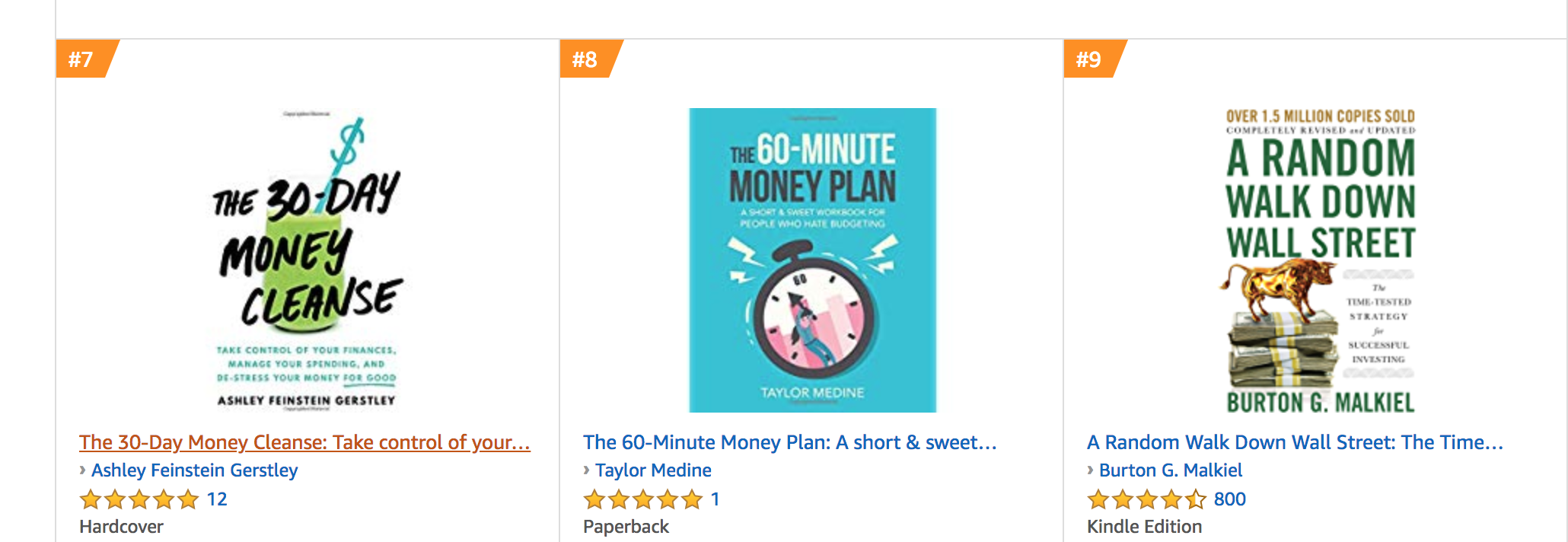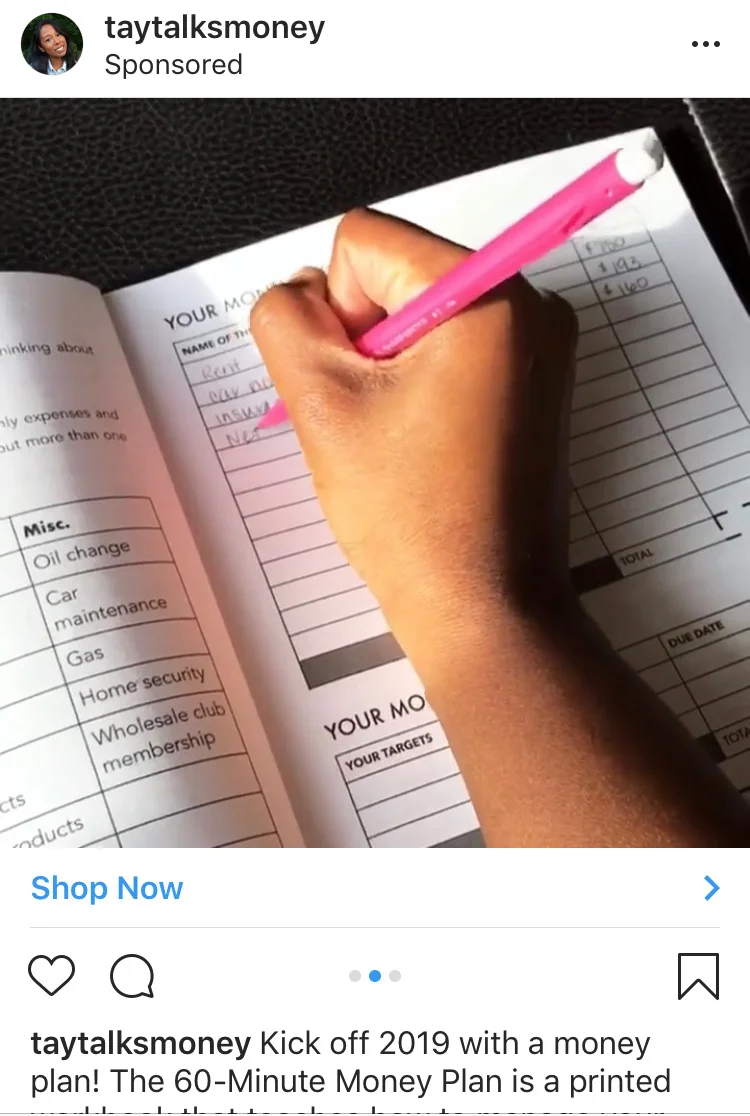How to Publish an Amazon Best-Seller via Kindle Self Publishing
Validation.
It’s something that all of us writers want to feel.
Outwardly we seem to pursue our passion with relentless determination. But on the inside, we’re imposters camping out beyond our laptops cranking out sentence after sentence trying to overcome self-doubt.
I’ve worked for over five years as a blogger and freelance writer writing about personal finance for well-known online publications and companies.
But I didn’t truly feel like a “writer, writer” until I self-published a book, held it in my hands, smelled the binding, and made the best-seller list for its category.
After that, I could point to a tangible thing that showed that I had “the juice.”
A self-published book isn’t only a passive income maker. A book is a business card even if it’s self-published. It shows people that you have enough to say to fill out an entire book. Positive reviews are also a plus.
Here I want to share with you the journey I took to self-publish via Kindle self publishing and strategies I used to make it onto the best-seller list.
Don’t Even Think About Writing First
My self-publishing journey didn’t start with me deciding to write a book. Far from it.
I was focusing on freelance writing and blogging.
Freelance writing was (and still is) my bread and butter. I used Pinterest to build an audience for my blog. (I share how I increased my Pinterest reach to 2+ million monthly views here.)
After getting serious about Pinterest, one of my posts about the budgeting method I used to pay off debt started taking off.
It was my very first pin to get thousands of repins. It started bringing some decent traffic to my blog—Score!
At this point, I was exploring different blog monetization strategies. I took down the blog post and turned it into an e-workbook that I sold on Gumroad.
Over the course of two years, I sold about 50 copies of the e-workbook. Small potatoes is an understatement.
But it gave me “proof of concept”—people were interested in buying this book. So interested, in fact, that when I launched the extended printed edition on Amazon, it sold about 100 copies within the first seven days.
It got up to the Top 8 in the money management category
The Desire to Be in Print
The above are the very early steps in my publishing journey before I even had the idea to do a printed book.
About six months before I self-published, I got the author itch.
I wanted to put out a non-fiction book to help build my website and writer brand. The first idea I had was to create a completely new book from scratch.
I was going to call it something cheesy like The Budget Bible. (I even wasted a few hundred dollars attempting to trademark name. 🤦🏾♀️.)
The problem was, I wanted to release the book by January 2019, the peak season for personal finance books.
I knew I couldn’t write anything from scratch that quickly. So I looked to what I already had and—duh—I had the e-workbook I created.
Eureka—the idea.
One huge lesson I’ve learned is you should never create anything if there’s not already proof it will sell. I decided on my book idea by happenstance. I was initially going to build something from scratch.
Thankfully, I fell back on the book that people were already buying because of the time constraint.
I suggest that you pull ideas from what’s already working. Or you interview or survey people to see what they want.
Otherwise, it’s pure hell to sell books, courses, and other products to people when you need to convince them that they need it.
Moving on to the next thing…
Go Pro for Most of the Way
The book was definitely an investment.
I hired an editor to edit the book. I hired a designer to design the cover. I believe all of this cost a bit less than $200.
I tried to use 99designs for the interior of the book, but hated every design. I ended up designing my own book interior in Apple Pages.
My advice here is to not cheap-out on the editing and the design.
People can tell, and people judge a book by its cover. If you don’t put much work into the book appearance, people probably won’t have much faith in the content.
Look Beyond Your “Platform”
People always talk about platform building as if it only means growing your Instagram following to a bazillion people or having millions of people view your blog.
Don’t get me wrong—these are all cool things.
Of course, I shared the book with my email list and on my blog. But many of my sales came from my network of people offline.
My platform was my offline network.
I gave proof copies away so people could make quick book reviews. I sent out a fun email to a group of 13 close family, friends, and peers with a link and I asked them to share.
These people became my book ambassadors sharing the book on social media and with friends.
Every time someone new took a picture with the book and shared it to social media, I tried to also share it to my page for social proof. I also gave updates on how the book was performing on the best-seller list.
I took videos of myself flipping through the pages and did a few Instagram stories.
Play Around With Advertising
I’m new to the world of paid promotion. Most of the traffic I’ve gotten to my personal finance/lifestyle blog has come from my Pinterest strategy. I thank Pinterest for sending me regular traffic and continuing to get me book sales.
Thank you Pinterest!
I played around with Instagram ads as well. I promoted the video of me flipping through the pages and wrote some copy about creating a money management plan for the new year.
I spent $30 on the ad and got 229 clicks and 41 saves. (I couldn’t figure out how to track conversions because the link went to Amazon. Grrrrrrr.)
I’m no ads expert, but I was happy with the extra attention it gave my book.
Make an Offer They Can’t Refuse
Besides assembling a launch team, I put my book on sale for a limited time. This helped build some urgency with purchases.
The price point encouraged people to buy the book in multiples to give as gifts. My target audience is young Millennials and recent college grad women.
Parents were buying the books for their kids, and even people outside of my target age group were buying and getting use from the book because it’s such a straightforward take on budgeting.
Expect the Unexpected
I’ll wrap up with this thought: Expect the unexpected and keep moving forward anyway.
There were many bumps along the entire road to self-publishing and quite a few times I wanted to just throw in the towel.
The first designer I planned to use fell through.
The second designer I planned to use fell through.
I had to create the interior of the book myself and make it look professional, which added on several weeks to production.
The sizing on the book cover was off after I had to make some edits and it took hiring multiple people and a bunch of run around to fix.
The first time I got the book proof, the color was AMAZING. The second time, the color was all washed out. Figuring out the right color code for print also took some time.
The bottom line is, stuff will happen.
People may not understand why you’re putting so much energy into something that they don’t really understand.
Stay focused on your goal and see it through.
SHARE THIS FOR LATER… PIN THIS IMAGE BELOW.






